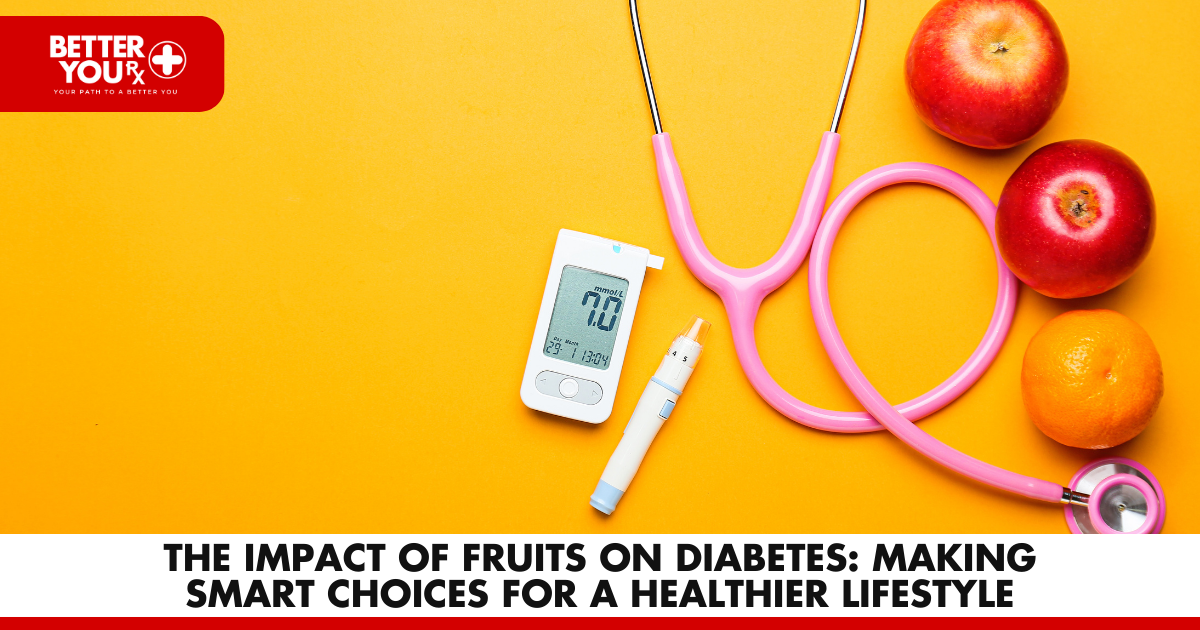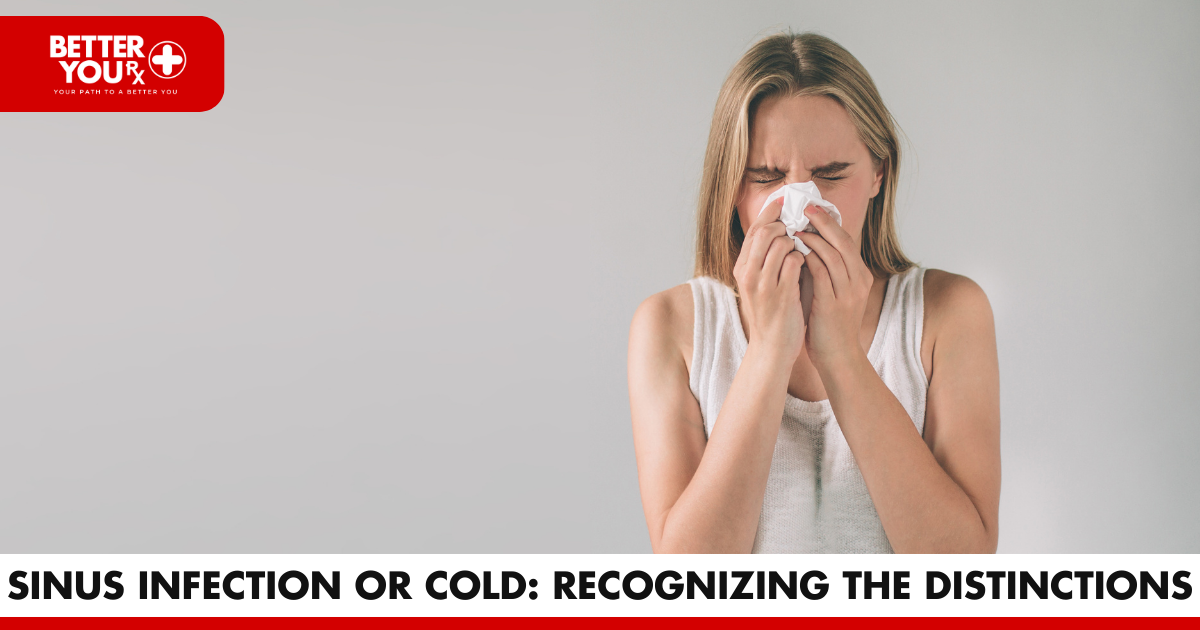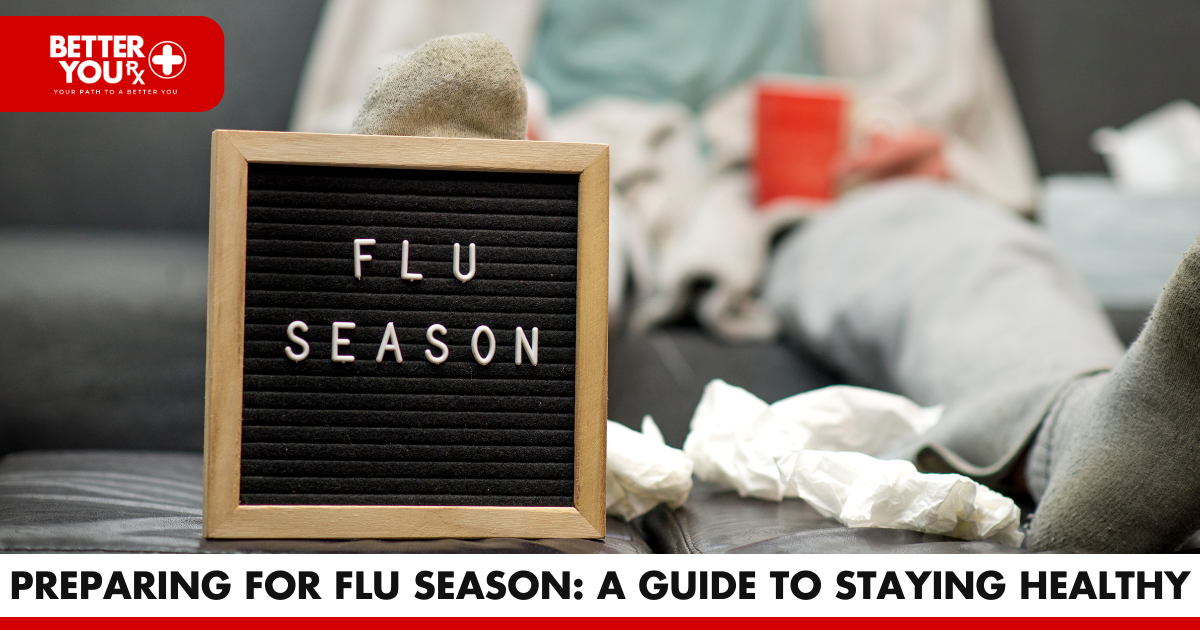Memory loss is a significant concern, raising questions about the possibility of Alzheimer’s or Dementia. Individuals experiencing such memory lapses often notice them before others do. It’s important not to jump to conclusions, as occasional forgetfulness is a normal part of life, especially when our days become hectic. Remember, these instances of forgetfulness don’t necessarily indicate an immediate connection to Dementia or an inevitable progression to Alzheimer’s disease. Nonetheless, if memory issues begin to seriously impact your daily activities, seeking medical advice is crucial.
In this article, we will delve into the nuances that distinguish between typical aging, Dementia, and Alzheimer’s, while also highlighting ten key signs associated with Alzheimer’s disease.
Differentiating Normal Aging from Dementia as we journey through life, aging is an inherent and inevitable process. Along this natural trajectory, our brains undergo changes that may lead to mild declines in memory and cognitive function. However, it’s essential to recognize that these changes usually do not impede our ability to manage daily tasks.
Starting in our 40s, 50s, and early 60s, we might observe shifts in our mental faculties. Yet, it’s crucial to understand that these are commonly accepted aspects of aging, such as:
- Occasional forgetfulness
- Taking more time to recall information
- Greater susceptibility to distractions
- Challenges in multitasking
On the other hand, Dementia doesn’t fall within the scope of typical aging. It encompasses a range of disorders that contribute to a decline in cognitive abilities and behavioral patterns. Cognitive functions like memory, learning, thinking, and reasoning are adversely affected, interfering with routine activities.
Dementia vs. Alzheimer’s:
Understanding the Distinction Dementia is an umbrella term encompassing various conditions impacting cognitive functions. These include Alzheimer’s, vascular Dementia, Parkinson’s, Huntington’s, and Creutzfeldt-Jakob disease. It’s possible for an individual to experience a combination of these conditions, termed mixed Dementia.
Dementia is a progressive condition, with symptoms developing gradually and worsening over time. Indicators of Dementia may include:
- Difficulty remembering information
- Misplacing personal items like wallets and keys
- Becoming disoriented in familiar places
- Struggling to plan and prepare meals
Alzheimer’s disease is the most prevalent form of Dementia, accounting for 60-80% of cases. This affliction affects the brain, causing memory loss, cognitive decline, and behavioral changes. The condition arises due to the formation of plaques and tangles within the brain.
Symptoms associated with Alzheimer’s disease encompass:
- Frequent memory lapses
- Trouble making decisions
- Inability to dress oneself appropriately
- Withdrawal from social interactions
Recognizing the Telltale Signs of Alzheimer’s Disease Ten distinctive signs and symptoms are indicative of Alzheimer’s disease, warranting careful attention and prompt medical intervention. These indicators include:
Fluctuations in mood and personality Individuals with Alzheimer’s may experience shifts in mood and persona, marked by increased depression, anxiety, confusion, and heightened irritability. Suspicion toward others can also become more pronounced.
Difficulty in planning and problem-solving Some may encounter challenges in executing familiar tasks that require planning and following sequential steps, such as cooking a favored recipe or managing bills.
Alterations in visual perception Visual issues not related to conventional eye problems may manifest, leading to difficulties in interpreting images, judging distances, and identifying colors and objects.
Confusion regarding time and location While occasional lapses in remembering dates or days of the week are normal, Alzheimer’s patients may completely lose track of time, seasons, and ongoing events.
Diminished judgment and decision-making abilities Alzheimer’s can lead to a decline in one’s capacity to make appropriate choices, extending to instances like making accurate payments or maintaining personal hygiene.
Loss of the ability to retrace steps and misplaced items Individuals with Alzheimer’s may exhibit unusual item placement and find it challenging to retrace their steps. This behavior, starting subtly, can escalate, necessitating assistance for everyday activities.
Struggles in verbal expression and word retrieval Engaging in conversations may become arduous, with difficulties in finding suitable words and frequent usage of vague terms to describe objects. Sustaining conversations could also become challenging due to frequent distractions.
Impaired execution of familiar tasks Once-easy tasks may become formidable challenges, like driving to familiar places or operating common devices.
Withdrawal from social and occupational engagements The progression of Alzheimer’s may prompt individuals to disengage from work, hobbies, or social gatherings, as keeping pace becomes increasingly arduous.
Profound memory loss A pronounced decline in memory is often an early indication of Alzheimer’s, disrupting daily life by causing repetitive questions and difficulty recalling events, conversations, and names.
In conclusion, it’s advisable to promptly seek medical evaluation if any of these signs emerge. An early diagnosis holds the potential for more effective planning and management of the condition.
Discover the ultimate online pharmacy experience with Better You Rx – your ideal pharmacy partner! We’ve carefully selected the finest pharmacies to team up with, ensuring you receive top-notch service and a wide range of products. Say goodbye to the hassle of finding the perfect online pharmacy, and say hello to Better You Rx, your one-stop solution for all your health and wellness needs! Visit our website https://betteryourx.com/










